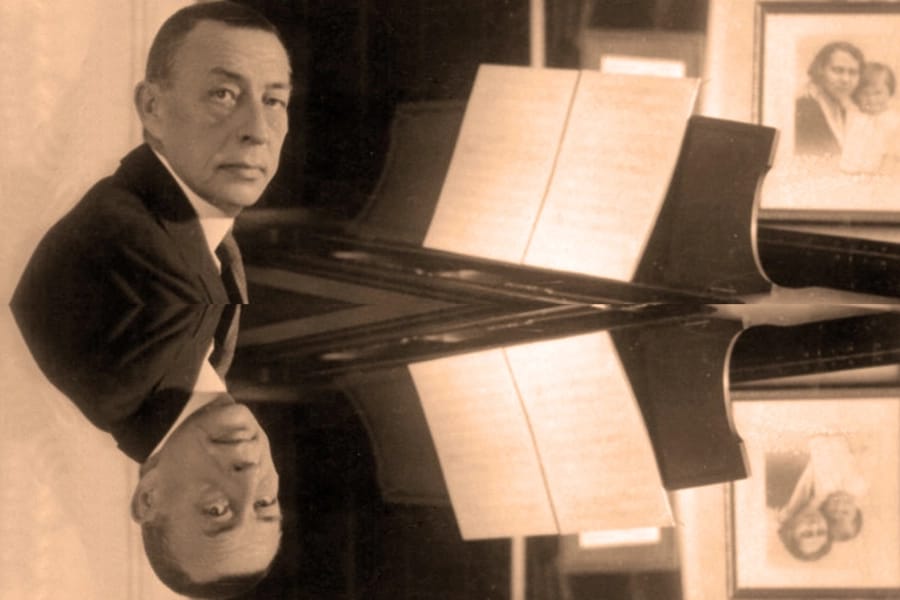
On an “A-to-Z” edition, a Reflective look at Rachmaninoff’s Rhapsody… The not-quite piano concerto that Sergei Rachmaninoff wrote, inspired by the 24th of Niccolo Paganini’s Caprices – the theme and set of virtuosic variations originally written for solo violin (allowing the composer to show his prodigious talent). One of the reasons for the continued popularity of Rachmaninoff’s Rhapsody on a Theme of Paganini is the beautiful 18th variation, with a melody quite unlike the theme at first glance.
It wasn’t the first time – nor the last time – the tune would be used by another composer. Liszt adapted the Caprices, and Brahms wrote two books of variations for the piano – just on the 24th alone. It had a lot going for it as a theme, as Paganini demonstrated in his variations, with a strong enough harmony suggested by only the violin, and a form that echoes each four bar phrase, a composer could change a lot, and still remain recognizable, and not make the audience lose its place in the tune.
For the 18th variation, Rachmaninoff took the opening theme and inverted it – going down when the theme went up, and vice versa – to discover the memorable lush melody that’s so memorable:

(The eighteenth variation begins at 14:42 in this performance)







